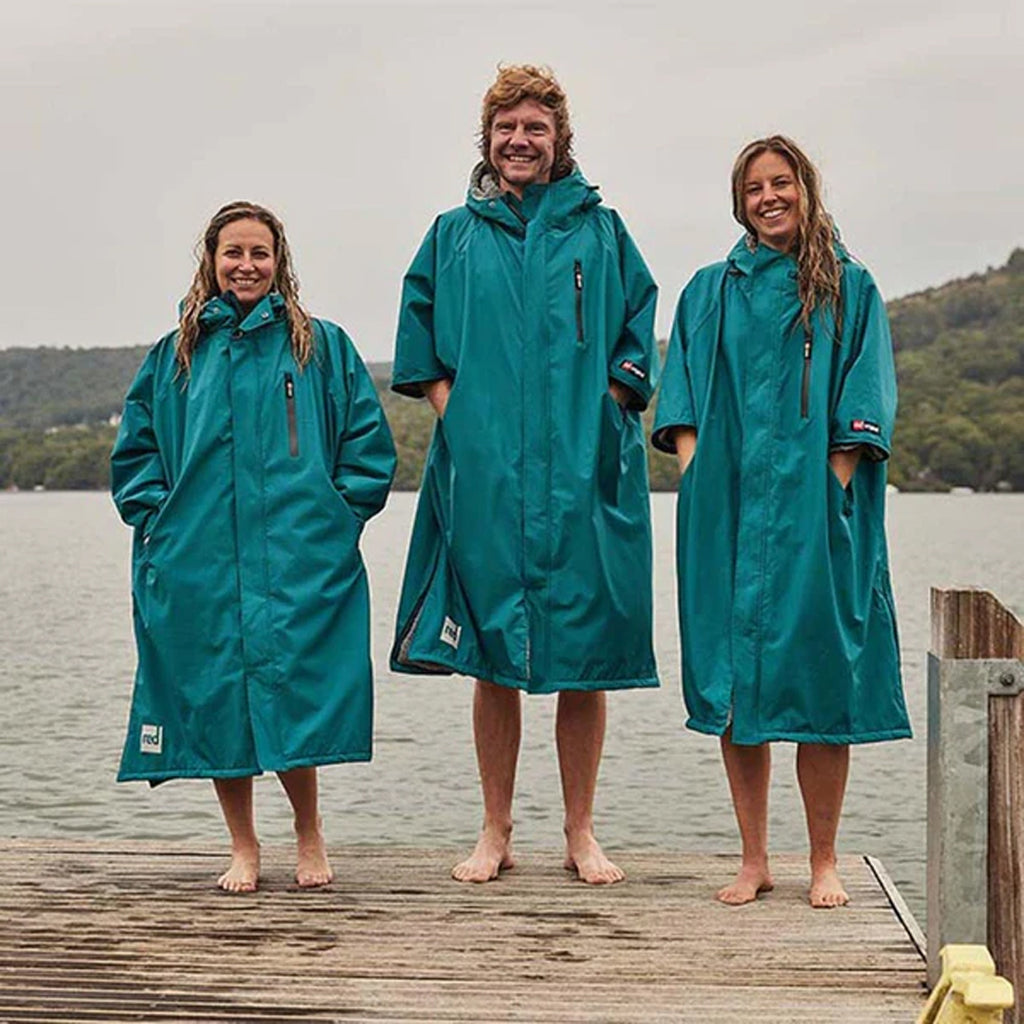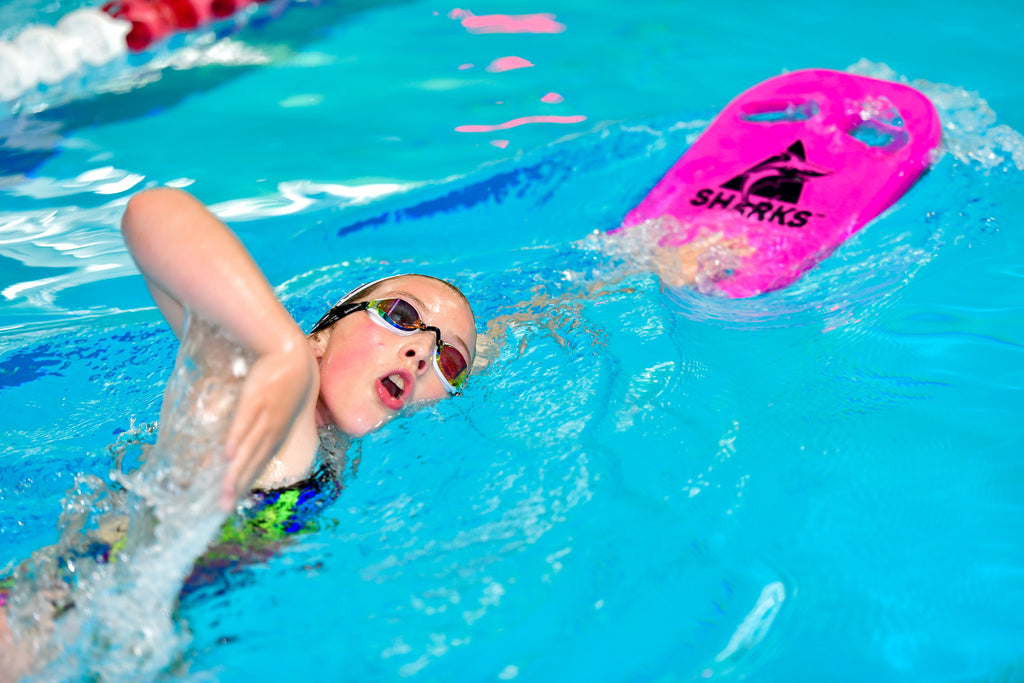Triathlon Swimming Training
 With the UK Triathlon Season making a chilly start this week with the Go Tri Brighouse event in Yorkshire, triathletes across the UK should be progressing well with their pre-race training for the forthcoming season. To ensure you get the most out of your training, we’re planning a series of articles on training techniques designed to enhance your overall performance.
With the UK Triathlon Season making a chilly start this week with the Go Tri Brighouse event in Yorkshire, triathletes across the UK should be progressing well with their pre-race training for the forthcoming season. To ensure you get the most out of your training, we’re planning a series of articles on training techniques designed to enhance your overall performance.
When it comes to the swim, instead of suffering through this leg to get to the bike and run, we’d like to help you learn to embrace this first crucial part of the race and set yourself up for a successful triathlon.
Training Tips for Triathlon Swimming
It’s important to feel confident about your triathlon swim. You should also be looking to swim faster but not live to regret it during the rest of the race. What your aiming for is to move through the water fast and effortlessly and with these tips, we hope you’ll soon feel confident in the water and improve your times.
The swim is generally the shortest section of the triathlon in both time and distance. Typically, it takes up about 15 to 20% of the race duration, depending upon ability and event length.
However, many triathletes spend far more than 20% of their training time on the swim because they are constantly striving to improve their technique.
Swimming with the most effective technique will benefit your triathlon performance enormously for the following reasons:
- Better technique will improve your speed whilst requiring no extra energy cost (or change in fitness)
- It will help you go past even faster swimmers and gain even more time
- Better swimming technique also means you have to work less hard to hold a position in a swimming pack and save energy for later in the race.
In a nutshell, swimming is all down to practice, practice and more practice as much as it is about training.
Difference Between Triathlon Swimming and Pool Swimming
There are similarities when it comes to triathlon swimming and straightforward swimming, particularly in the basic technique for front crawl. However, competition swimming is performed in the clinical environment of a pool, with only one person in a lane and usually over distances that are shorter than nearly all triathlon events.
Many triathlons take place in open water venues such as rivers, lakes, docks or the sea. The swim can, on some occasions, take place in a pool, particularly for shorter events.
A triathlon, on the other hand, never has one person swimming on their own and the course is rarely marked with a line along the bottom. Wetsuits are commonly used, particularly in cooler climates like the UK. These change the buoyancy and stroke of a swimmer. It’s these considerations that make swimming in a triathlon different to other swimming events.
Improving Your Triathlon Swimming Technique
The first area to address is your basic stroke; water is a thick medium to move through and you have to have good technique to move efficiently.
This means having a:
- Good body position in the water (streamlined body and legs, balanced head position)
- Balanced stroke that is controlled and well timed (body roll and breathing)
- Strong propulsion (arms through catch, pull, finish and recovery, and your kick).
In practice these key points will translate into different triathlon swimming techniques for different people, and there are also many different ways of practicing and learning these good techniques.
Whether you’re a beginner or a seasoned triathlete, it’s a good idea to get advice and training practice with a qualified triathlon swimming coach. A professional coach will take into account your abilities, goals and current technique and give you guidance accordingly.
They will take into account individuals’ physical size and proportions and natural stroke preference, with a view to ironing out the major flaws in your stroke style and improve your technique.
In Summary
Although a huge part of swimming is having a great technique, you will also need to train to improve your swimming fitness and your overall performance.
Swim workouts are usually broken down into chunks, more than either cycling or running. So, the construction of your training session for swimming is usually quite different to that of a run or bike session.
For further advice and guidance, call the team at Sharks Swim Shop which is run by experienced swimming teachers who also run a number of swimming schools and a triathlon club.
They also stock all the clothing and equipment you will need to compete in any triathlon or Iron Man competition across the world.
Call us today on 01792 202795 for further information. And look out for our next blog on training and technique for the bike leg of your race.








